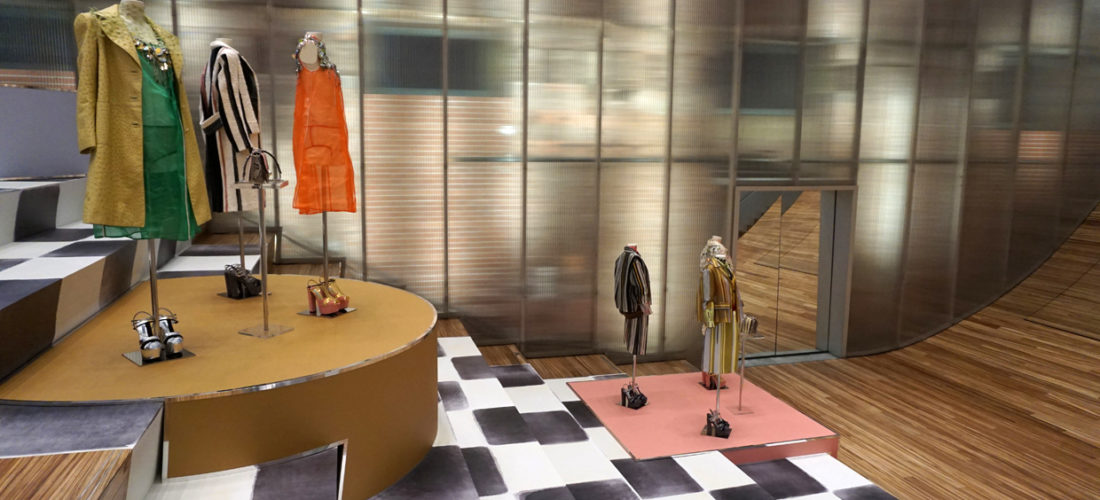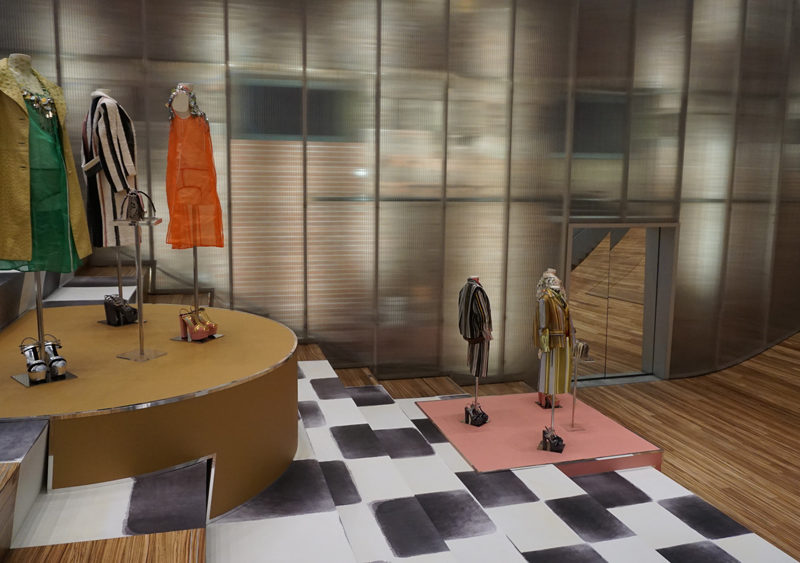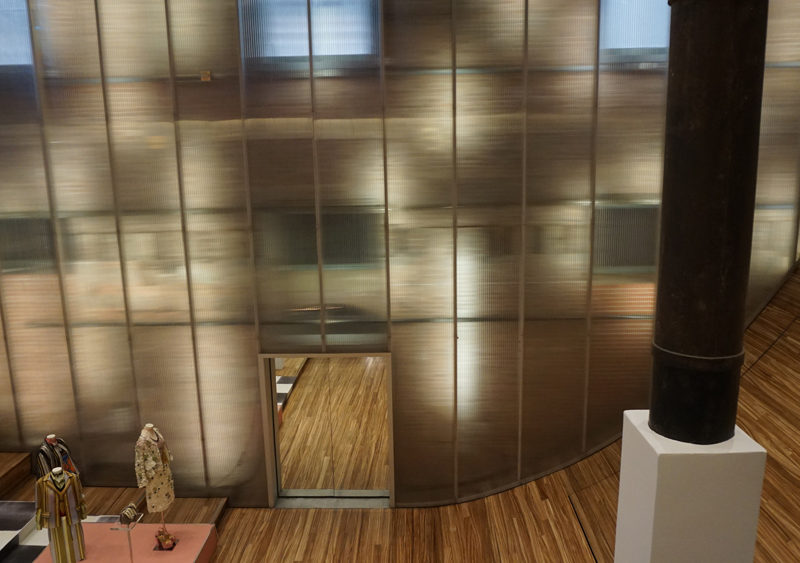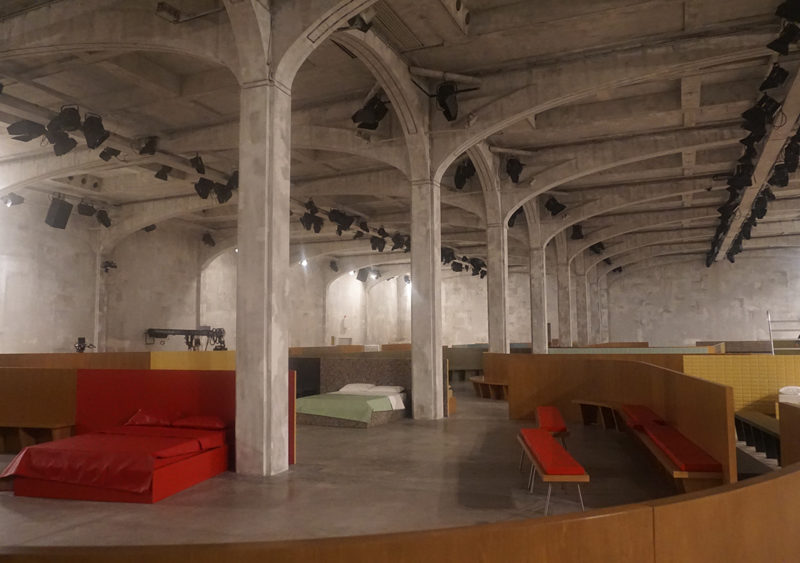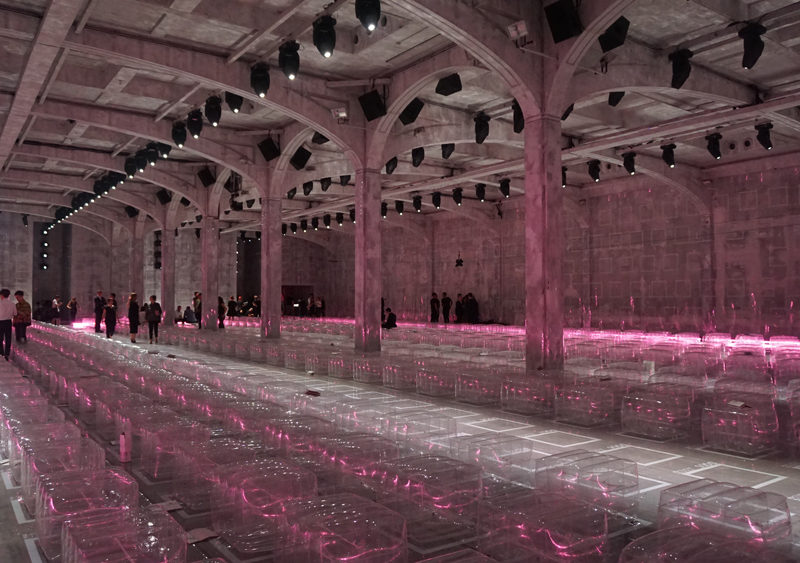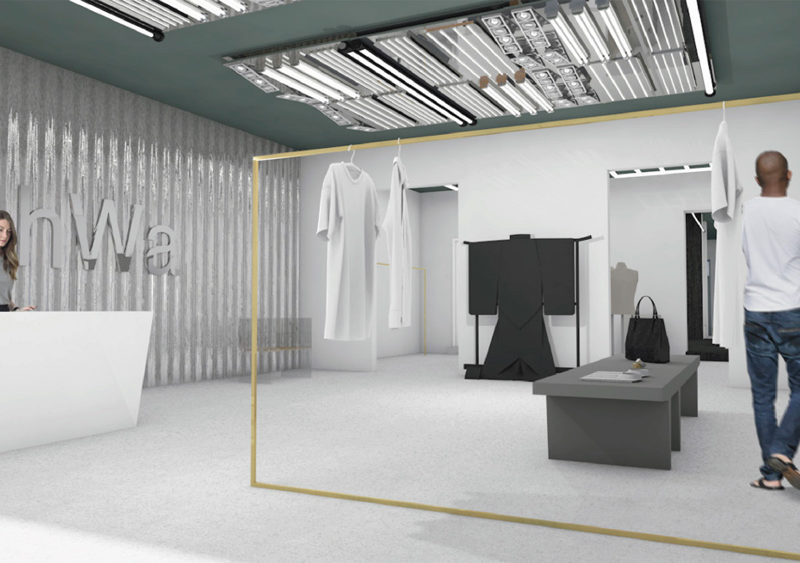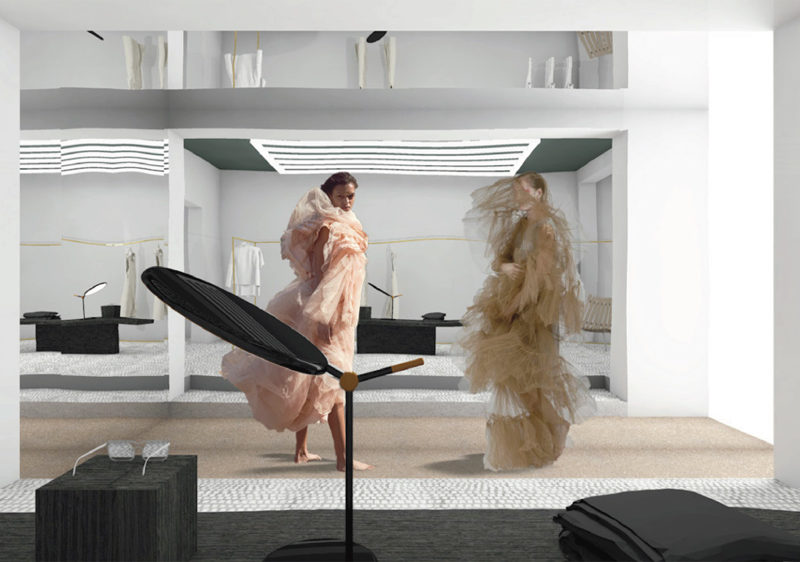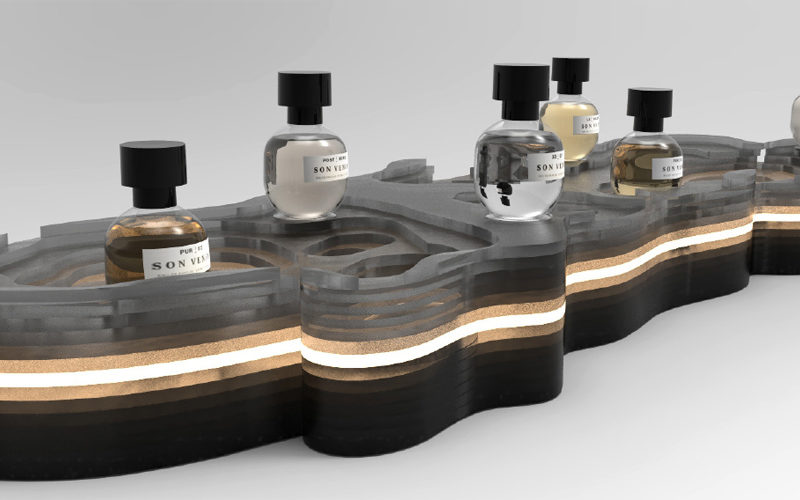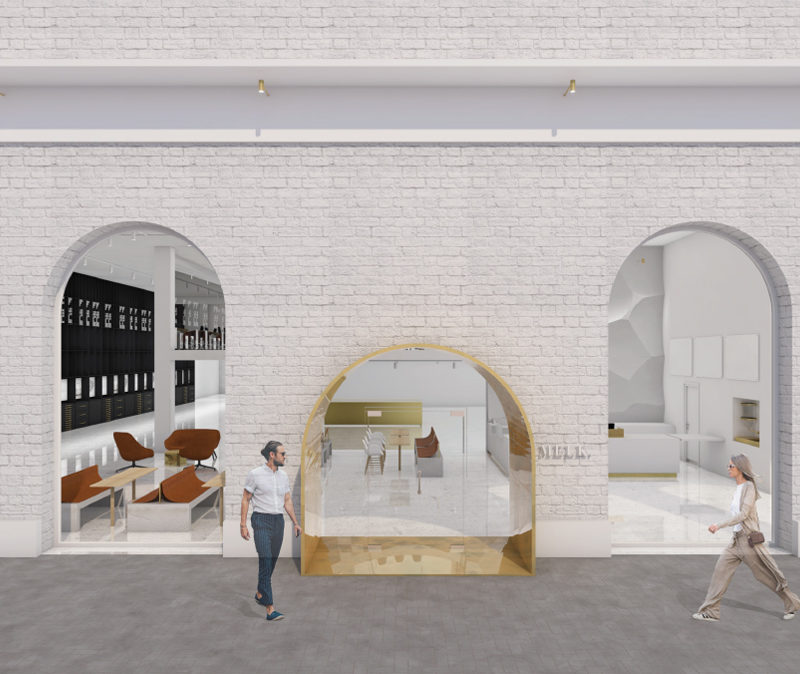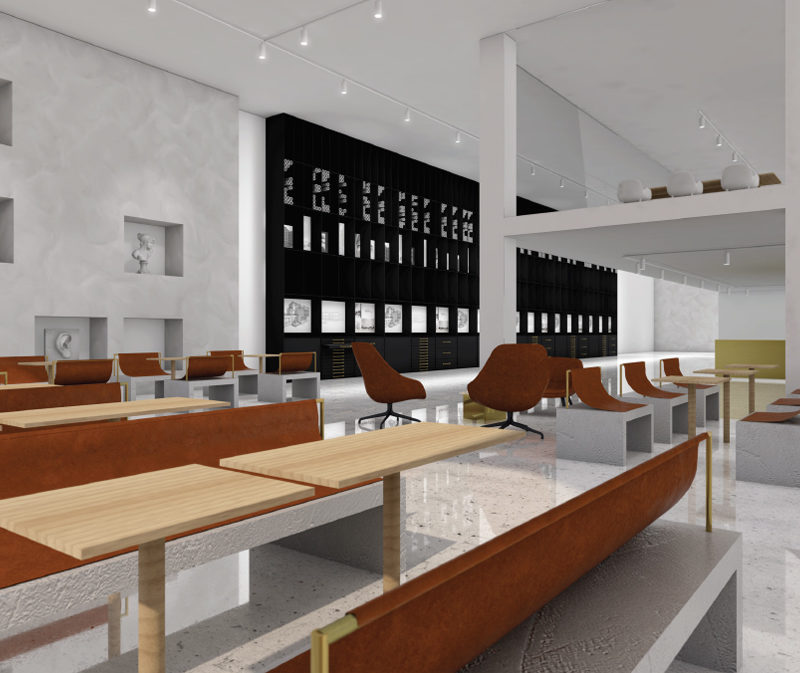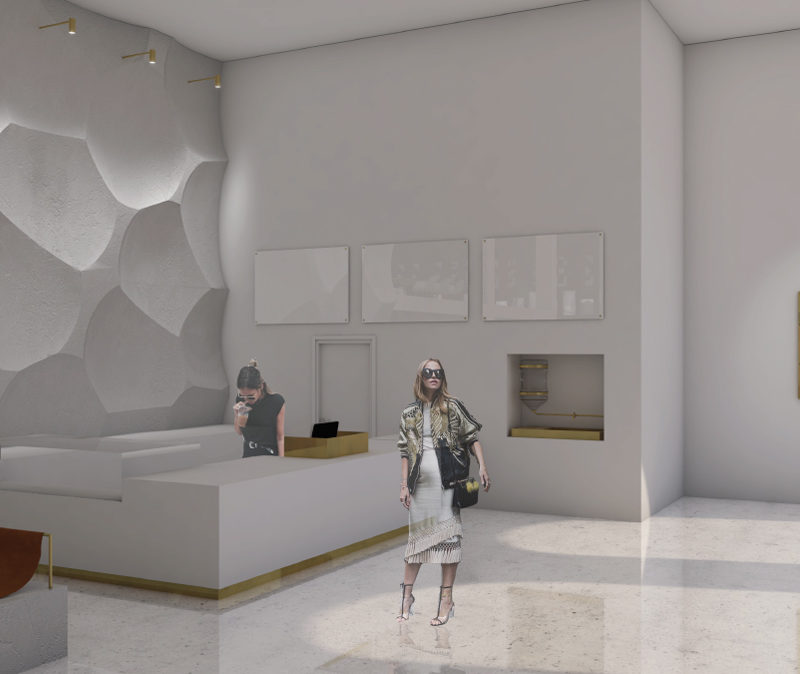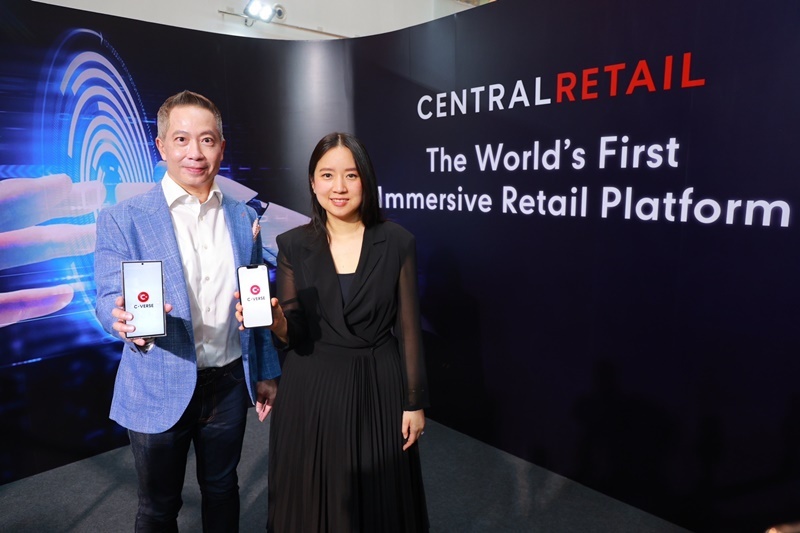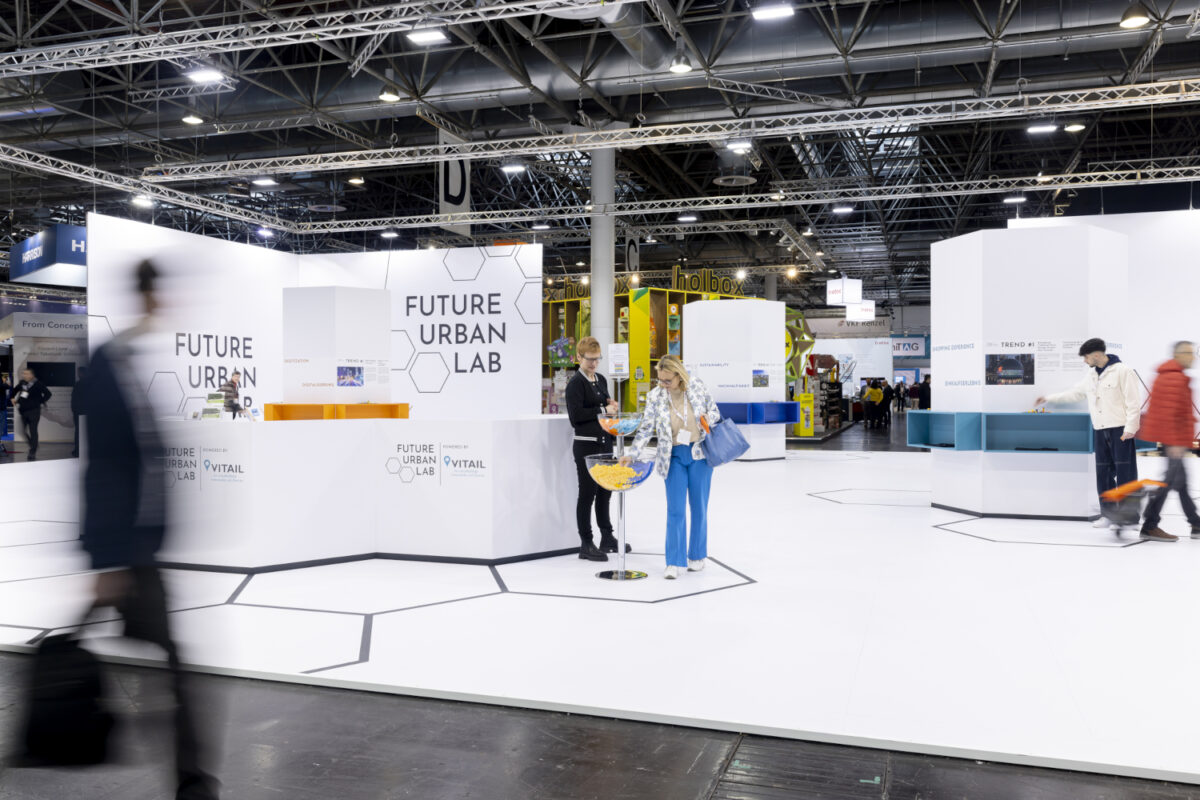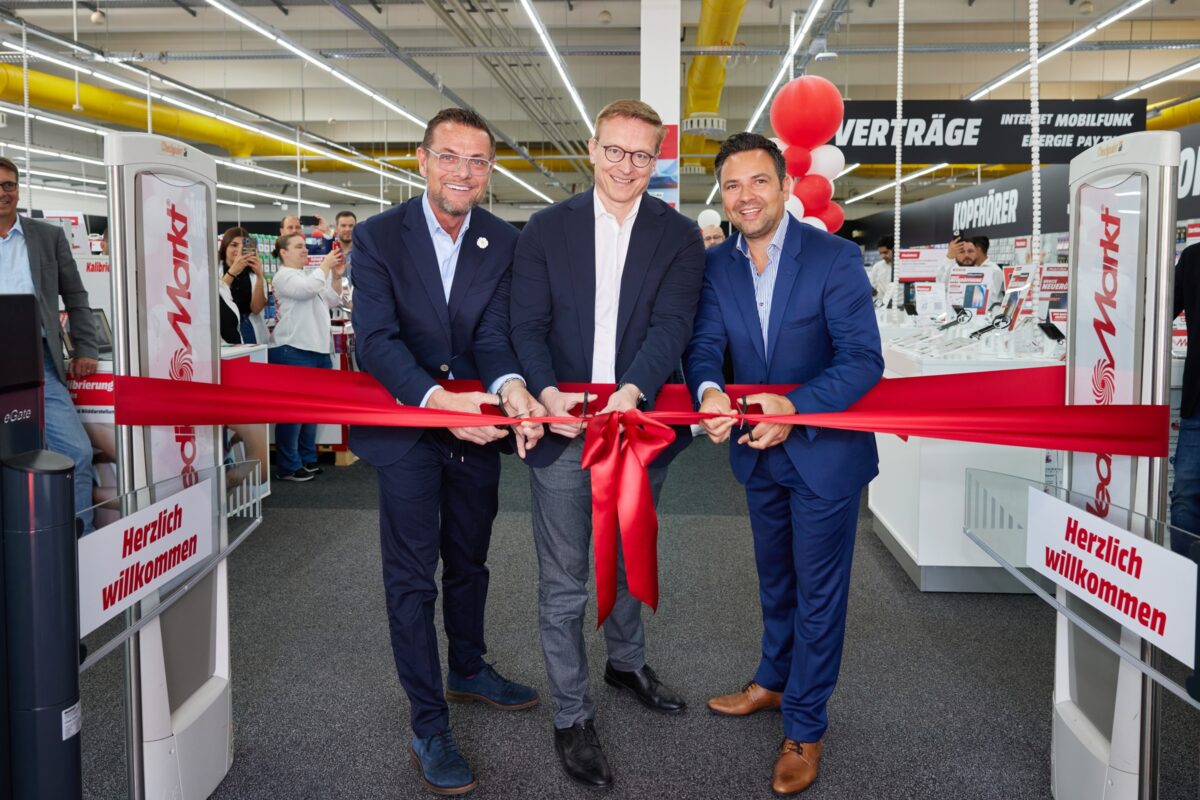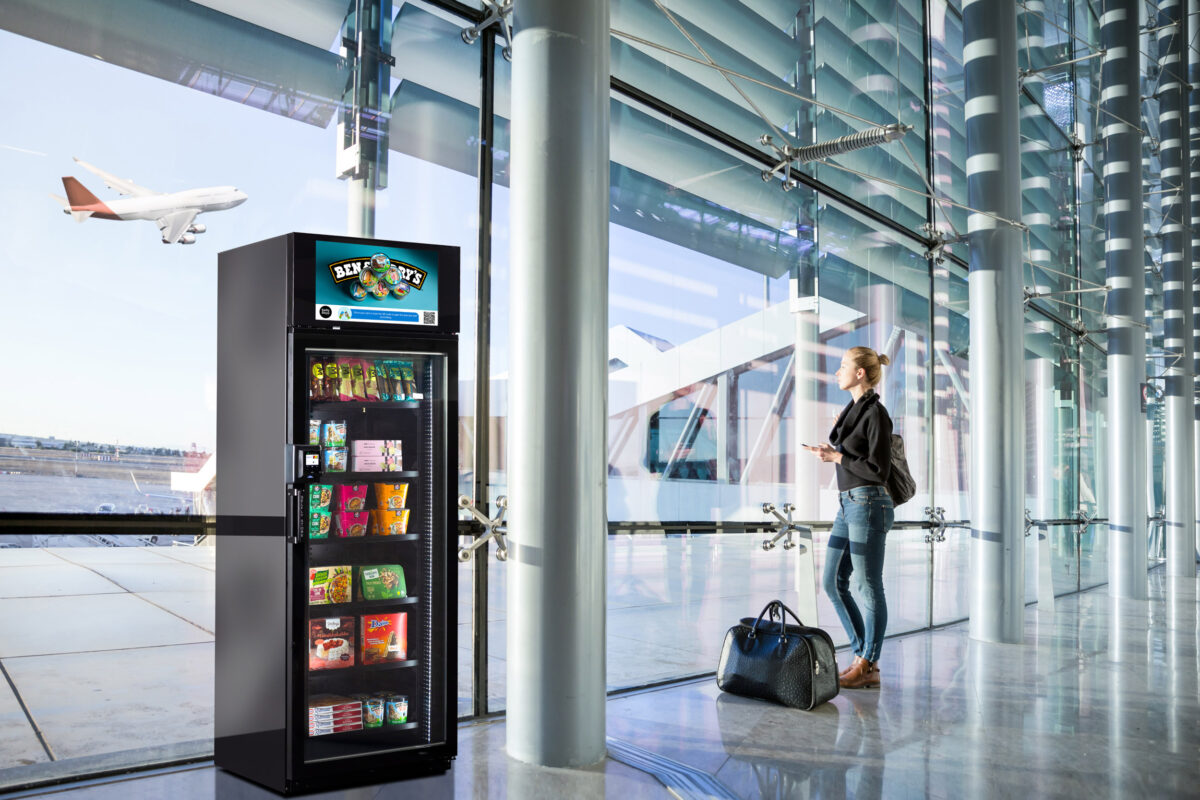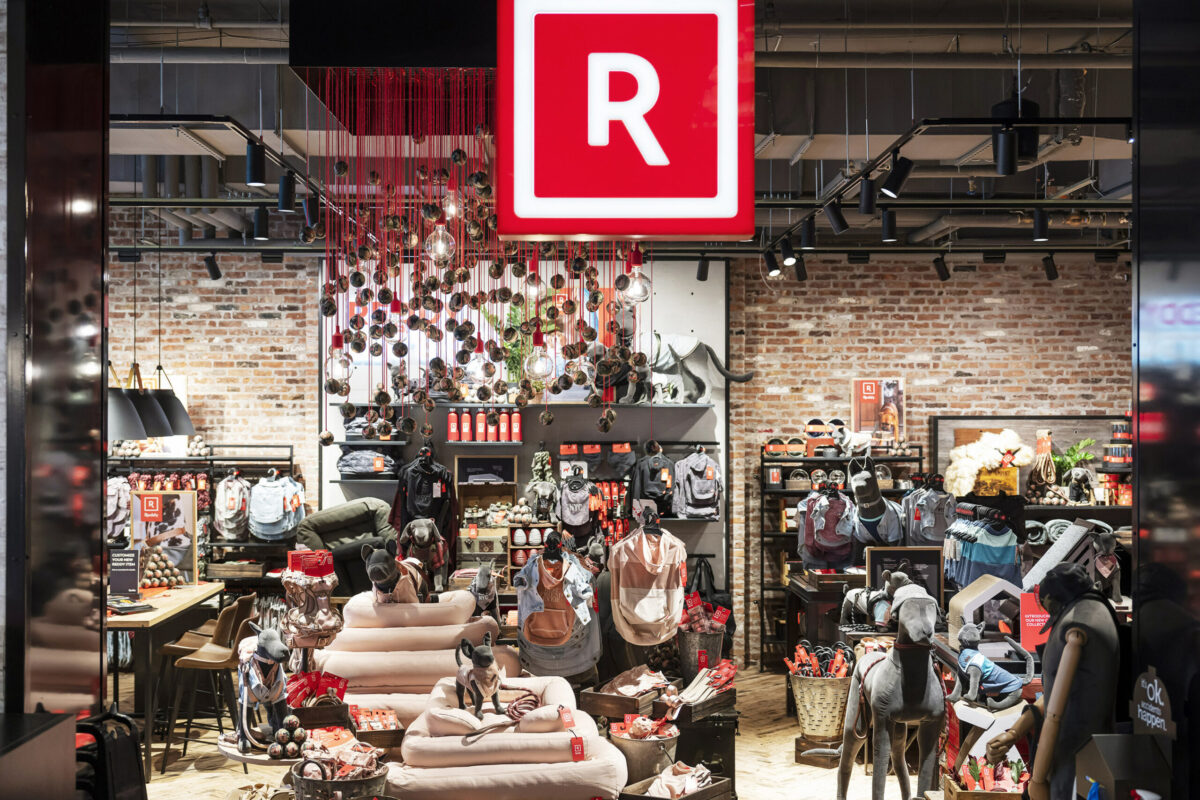Interview with Vésma Kontere McQuillan, Oslo/Norway, about her concept of “Fashion Spaces”, the Prada Epicenter in New York City and the requirements of retail design studies.
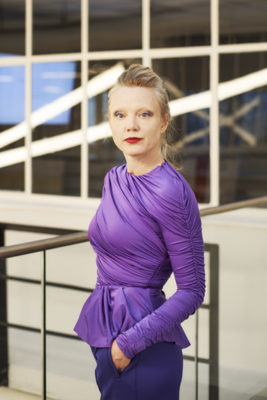
Professor Vésma K. McQuillian, The University College Kristiania, Oslo/Norway; © Gatis Rozenfelds
What is the concept behind “Fashion Spaces”? What does “Fashion expressed through architectural sites” mean? Can you give us examples?
“Fashion spaces” is a situation when architecture becomes a medium. It means that the mediation of fashion happens not through the traditional broadcast and narrowcast media such as newspapers, magazines, TV, radio, billboards, direct mail, internet, and social media, but the architecture/interior project becomes a medium. With the concept of fashion spaces, we are looking into the potential of architecture to create an identity for the people, communities, and brands.
A good example of fashion spaces is the Prada Epicenter New York Broadway, a project by OMA/AMO. This retail project created a new identity for an Italian fashion house Prada, and shopping as an activity generally, in 2001. With this Prada projects, which occupies the former location of the Guggenheim Museum Soho on Broadway in New York City, shopping was conceptualized as a cultural entertainment. Customers are welcome to the Prada store not only for the shopping, but they are also embracing a cultural site: a museum.
You are a professor at University College Kristiania, Oslo, and you teach “Retail Design.” What are the most important aspects of the study program?
The most important aspect of our study program is to position retail design as an innovative program in communication. The objective is that students and faculty explore the relationship between design and social changes in the context of retail design. We use integrated brand communication as the approach, and besides the traditional retail design and merchandising courses, we teach classes in trend analyses and forecasting and brandscapes.
Do you and your students work closely together with the retail industry to generate synergies?
Yes. Semester five is mandatory for the real projects. The school often gets contacted by representatives of the retail industry with invites to the collaborations. That way we follow up all the news and changes that the market is offering. Especially enthusiastic we are to take part of the rise of new Norwegian brands, for example, a niche Norwegian perfume brand Son Venin which was founded in 2016.
What does brand communication has to do with the architecture of a store?
The architecture of a store is one way to tell the story of the brand. Modern brand communication requires an attempt to connect to the audience emotionally. The proper approach to the architecture will create not only the physical environment where a brand retails but will bridge the consumer to all environments and retail journey touch points with which the brand associates itself.
What do you think is the future of retail? What do stores have to do to stay attractive and survive next to online retail? (keyword: storytelling)
In the future, traditional storytelling is not enough. The store must become something more than just a place for selling goods. The store must transform into the area of new cultural production. Retail design of the future is the possibility for production of new spaces, platforms and the new context in a physical, textual and digital sphere.
Feature Image: Prada Epicenter New York Broadway, a project by OMA, photo by Vésma K. McQuillan
Vésma Kontere McQuillan is an Oslo, Norway, based architect and writer. She is behind the concept Fashion Spaces (Rom på moten in Norwegian): Fashion expressed through architectural sites, not pages of magazines.
Vésma K. McQuillan is a professor at the University College Kristiania, Westerdals Faculty of Communication and Design, Oslo, Norway. She has been exploring the potential of architecture as a medium to create an identity for fashion designers, communities and places since 1996. First as a creator and editor of the very first Latvian fashion and lifestyle magazine “Pastaiga”, and later as an architect, designer and concept developer. She has developed the concept and interior architecture for Eger Karl Johan Oslo, Norway.
Since 2015 her research has been focused on OMA/AMO collaboration with/for Prada. Particularly on the fashion shows, done in collaboration between AMO and Prada, and the design process behind the scenes.




